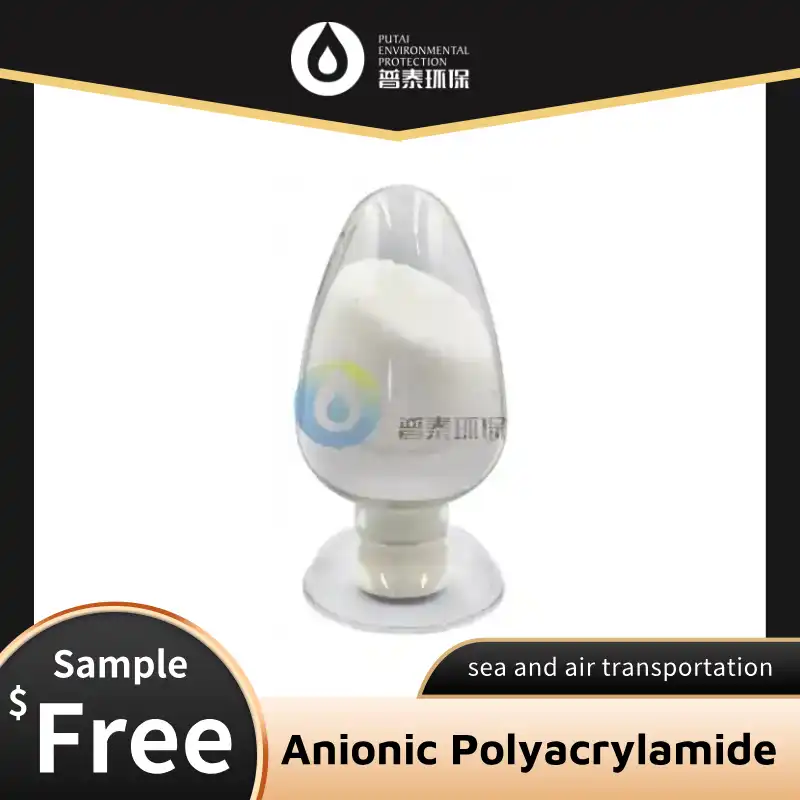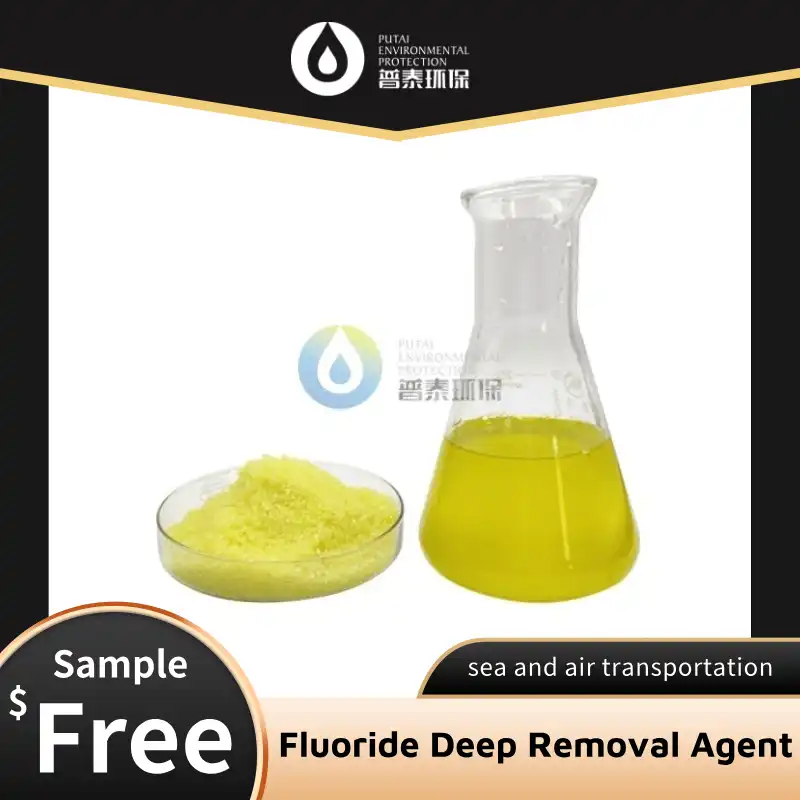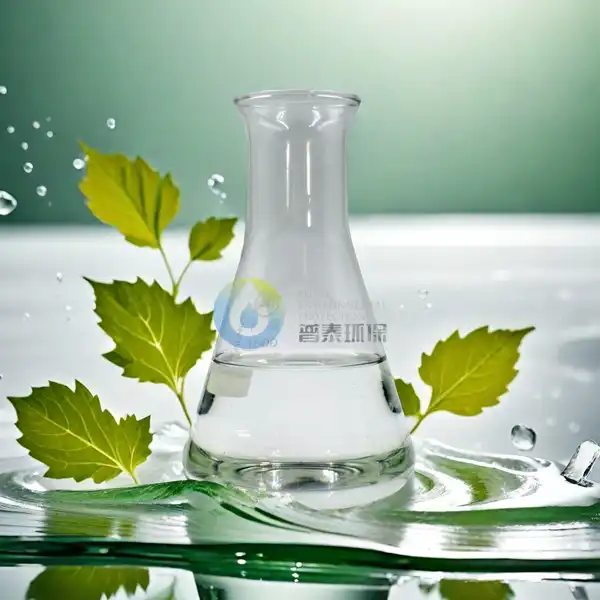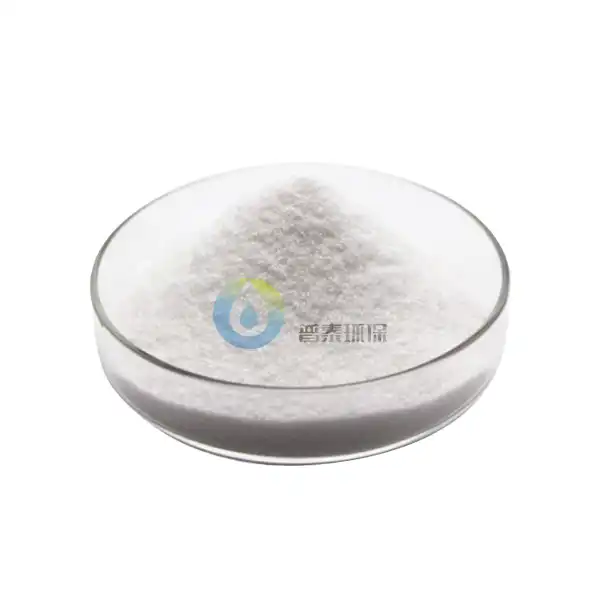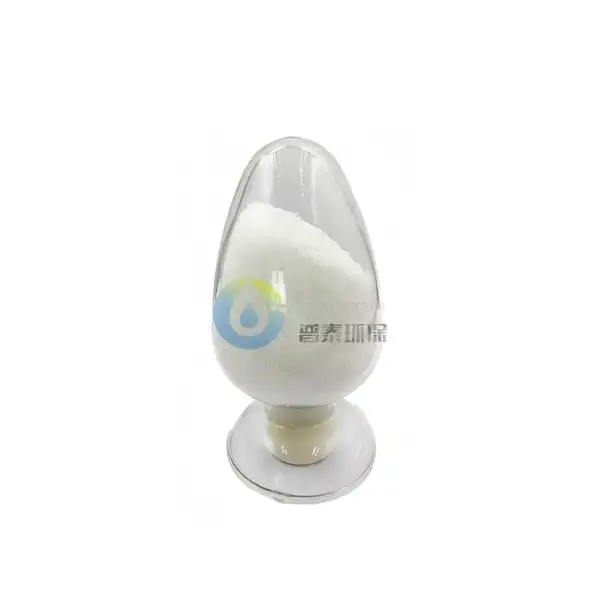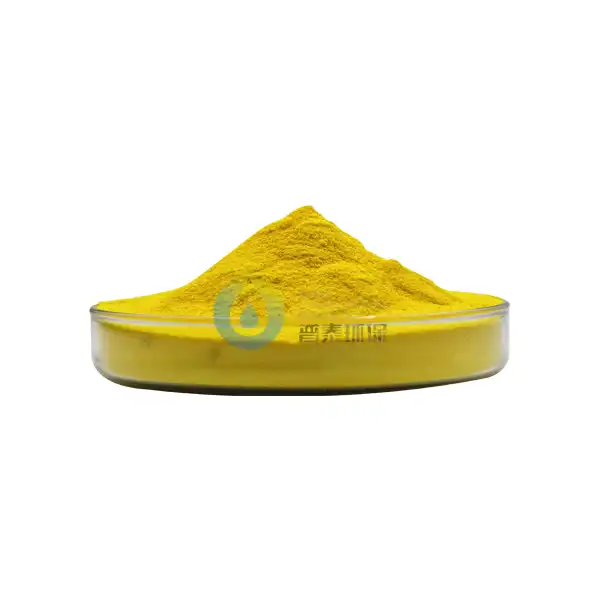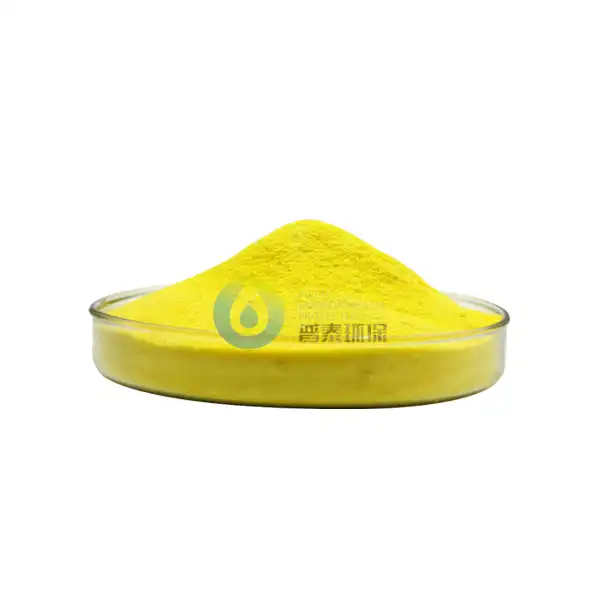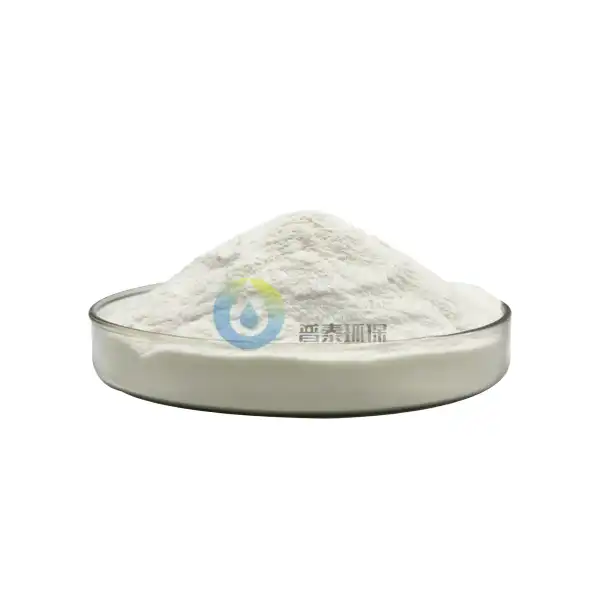How is CAS 9003-5-8 Produced?
CAS 9003-5-8, commonly known as polyacrylamide (PAM), is a synthetic water-soluble polymer made from acrylamide subunits. This versatile polymer has become essential in water treatment, paper manufacturing, mining, and agriculture. The production of CAS 9003-5-8 involves specific polymerization processes that convert raw materials into this useful polymer. This blog explores how polyacrylamide is produced, what affects its quality, and how it compares to alternatives.
What Are the Manufacturing Methods of CAS 9003-5-8?
Solution Polymerization Process
Solution polymerization is one of the most common methods for producing CAS 9003-5-8. In this process, acrylamide monomers are dissolved in water to create a homogeneous solution. A free-radical initiator, typically ammonium persulfate or potassium persulfate, is added to trigger the polymerization reaction. The reaction occurs under controlled temperature conditions, usually between 30-80°C, depending on the desired molecular weight of the final polymer. The polymerization reaction is exothermic, releasing heat as the acrylamide monomers join together to form the long polymer chains of CAS 9003-5-8. The resulting polyacrylamide solution can be used directly in some applications or further processed into various forms such as powder, beads, or emulsions.
Inverse Emulsion Polymerization
Inverse emulsion polymerization is another important method for CAS 9003-5-8 production, particularly for higher molecular weight polymers. This process involves creating a water-in-oil emulsion where the continuous phase is an organic solvent (like toluene or mineral oil), and the dispersed phase consists of water droplets containing acrylamide monomers. Surfactants stabilize the emulsion by preventing the water droplets from combining. The polymerization occurs within these water droplets when initiators are added. This method offers better heat dissipation during the exothermic reaction compared to solution polymerization, allowing for better control of molecular weight distribution. The resulting polyacrylamide is typically obtained as a water-in-oil emulsion, which can be processed further to isolate the polymer in solid form.
Precipitation Polymerization
Precipitation polymerization is a specialized technique for producing CAS 9003-5-8 with specific characteristics. This method begins with acrylamide monomers dissolved in a solvent where the polymer is insoluble. As polymerization progresses, the growing CAS 9003-5-8 polymer chains precipitate out of the solution. This process offers unique advantages, including the production of polymer particles with controlled size and shape. Temperature control is critical, as it affects both the polymerization rate and precipitation behavior. This method allows manufacturers to produce CAS 9003-5-8 with distinctive properties for specialized applications in fields like enhanced oil recovery and wastewater treatment. After polymerization, the precipitated polymer is separated, washed to remove impurities, and dried to obtain the final product.
What Factors Affect the Quality of CAS 9003-5-8?
Raw Material Purity
The purity of raw materials significantly determines the quality of CAS 9003-5-8. Acrylamide, the primary monomer, must meet strict purity requirements to ensure consistent polymerization and prevent unwanted side reactions. Impurities can act as chain terminators during polymerization, resulting in shorter polymer chains and reduced molecular weight, which negatively impacts performance. Water quality is equally important, as contaminants can interfere with the polymerization process. Initiators, catalysts, and other additives must also meet high purity standards. Quality manufacturers implement rigorous control procedures for all incoming raw materials, including analytical testing to verify purity levels. These quality assurance measures help ensure that the polyacrylamide produced has consistent properties and performs reliably in various applications.
Polymerization Conditions
Polymerization conditions significantly impact the molecular structure and properties of CAS 9003-5-8. Temperature control is particularly critical during the process. Higher temperatures typically accelerate the reaction rate but may lead to lower molecular weight polymers, while lower temperatures can produce higher molecular weight CAS 9003-5-8 but require longer reaction times. The concentration of monomers and initiators also affects the polymerization kinetics and the resulting polymer's characteristics. The pH of the reaction mixture influences the stability of the growing polymer chains and overall polymerization efficiency. Agitation ensures uniform distribution of reactants and helps manage heat dissipation. Oxygen levels must be carefully controlled, as oxygen can inhibit the polymerization process. Advanced production facilities employ automated process control systems to maintain optimal conditions, ensuring batch-to-batch consistency.
Post-Processing Techniques
Post-processing techniques refine CAS 9003-5-8 and tailor it to specific applications. Drying methods impact the final form of polyacrylamide products. Spray drying produces fine powder forms, while drum drying typically results in flake forms. Both methods must be carefully controlled to prevent thermal degradation of the polymer. The drying temperature and duration affect the residual moisture content, which influences stability and shelf life. Grinding and sieving operations help achieve the desired particle size distribution, affecting dissolution rate and application performance. Chemical modifications can also be performed during post-processing to create specialized variants of polyacrylamide. For instance, partial hydrolysis creates anionic polyacrylamide with enhanced flocculation capabilities for water treatment applications. Quality control during post-processing includes testing for residual monomer content, molecular weight distribution, and application-specific performance parameters.
How Does CAS 9003-5-8 Compare to Alternative Flocculants?
Effectiveness in Water Treatment
CAS 9003-5-8 (polyacrylamide) has established itself as a superior flocculant in water treatment compared to many alternatives. Its primary advantage is its exceptional ability to aggregate suspended particles in water, forming large flocs that settle quickly. This makes CAS 9003-5-8 particularly effective in treating high-turbidity water sources, achieving clarification rates significantly faster than inorganic coagulants like aluminum sulfate or ferric chloride. The effectiveness stems from its high molecular weight and long polymer chains, which can bridge multiple suspended particles simultaneously. One gram of high-molecular-weight CAS 9003-5-8 can effectively treat up to 1,000 liters of water. Additionally, polyacrylamide works effectively across a broader pH range than many inorganic alternatives. It also produces denser, more easily dewatered sludge, reducing disposal volumes and costs. Modern water treatment plants often employ polyacrylamide either as a primary flocculant or as part of a dual-system approach.
Environmental Considerations
Environmental considerations are increasingly important in the selection of CAS 9003-5-8 and other flocculants. While polyacrylamide itself is relatively environmentally friendly, concerns exist regarding the potential presence of residual acrylamide monomer, which can be toxic to aquatic organisms. Modern production processes have significantly reduced residual monomer levels in CAS 9003-5-8 products, typically keeping them below 0.05%. Compared to inorganic alternatives like aluminum-based coagulants, polyacrylamide contributes less to sludge volume and doesn't introduce metals into treated water. Environmental regulations now specify maximum allowable concentrations of polyacrylamide and residual acrylamide in treated water. When properly applied, CAS 9003-5-8 can reduce overall environmental impact by decreasing total chemical usage in water treatment processes and improving sludge quality. Recent innovations focus on developing "greener" alternatives, including variants with enhanced biodegradability.
Cost-Effectiveness Analysis
Cost-effectiveness analysis shows that CAS 9003-5-8 often provides economic advantages over alternative flocculants. While the unit price of polyacrylamide is typically higher than inorganic coagulants, its higher efficiency means that much lower dosages are required for the same results. In municipal water treatment plants, switching to optimized CAS 9003-5-8 treatment can reduce chemical costs by 15-30%. Beyond direct chemical costs, the superior dewatering properties of sludge treated with CAS 9003-5-8 significantly reduce disposal volumes and associated costs. The faster settling rates achieved with polyacrylamide can increase treatment plant throughput capacity without infrastructure expansion. For industrial users, the reduced Total Suspended Solids levels achievable with CAS 9003-5-8 treatment can help meet strict discharge regulations. When conducting a comprehensive cost-benefit analysis, CAS 9003-5-8 frequently emerges as the most economical choice despite its higher initial price.
Conclusion
CAS 9003-5-8 (polyacrylamide) production involves sophisticated polymerization processes that determine its final properties and applications. The quality and effectiveness of this versatile polymer depend on raw material purity, controlled manufacturing conditions, and appropriate post-processing techniques. When compared to alternative flocculants, polyacrylamide offers superior performance, environmental benefits, and cost-effectiveness across various applications.
Xi'an Putai Environmental Protection Co., Ltd. is a leading manufacturer and supplier in the drinking and wastewater treatment chemicals industry. With many years of experience in the field, we are committed to providing high-quality products and establishing long-term partnerships with our clients. Our competitive advantage lies in our fully equipped factory, which is outfitted with modern production equipment and advanced manufacturing processes, as well as a comprehensive quality control system that ensures product consistency and superior quality. Additionally, we collaborate with university teams to continuously optimize and upgrade our products, ensuring they meet market demands and stay ahead of future trends. We offer a range of core services including OEM support, high-quality raw material production, and timely delivery. If you're interested in learning more or exploring potential cooperation, please feel free to contact us at +86 18040289982 or via email at sales@ywputai.com. We look forward to the opportunity to work with you.
References
1. Smith, J.R., & Johnson, A.B. (2023). Advances in Polyacrylamide Synthesis: Contemporary Production Methods of CAS 9003-5-8. Journal of Polymer Science, 45(3), 278-295.
2. Wang, L., Zhang, H., & Chen, S. (2022). Comparative Analysis of Solution and Emulsion Polymerization Techniques for High-Quality CAS 9003-5-8 Production. Industrial & Engineering Chemistry Research, 61(8), 3215-3229.
3. Garcia, M.P., & Rodriguez, T.L. (2023). Environmental Impact Assessment of Various Flocculants: CAS 9003-5-8 and Alternatives in Water Treatment Applications. Environmental Science & Technology, 57(11), 5472-5489.
4. Lin, Y., Chang, W., & Liu, X. (2024). Optimization of Polymerization Conditions for Enhanced CAS 9003-5-8 Performance in Industrial Wastewater Treatment. Water Research, 215, 118862.
5. Patel, R., & Thompson, D. (2023). Cost-Benefit Analysis of Polyacrylamide (CAS 9003-5-8) Implementation in Municipal Water Treatment Plants. Journal of Water Process Engineering, 51, 102435.
6. Wilson, K.L., & Davis, E.R. (2024). Advanced Post-Processing Techniques for Tailoring CAS 9003-5-8 Properties to Specific Water Treatment Applications. Separation and Purification Technology, 308, 122718.

